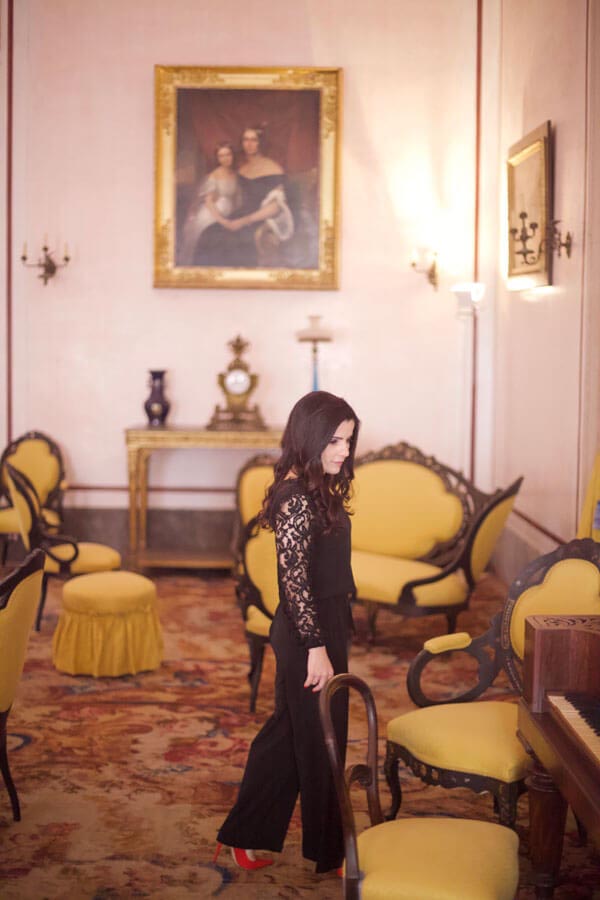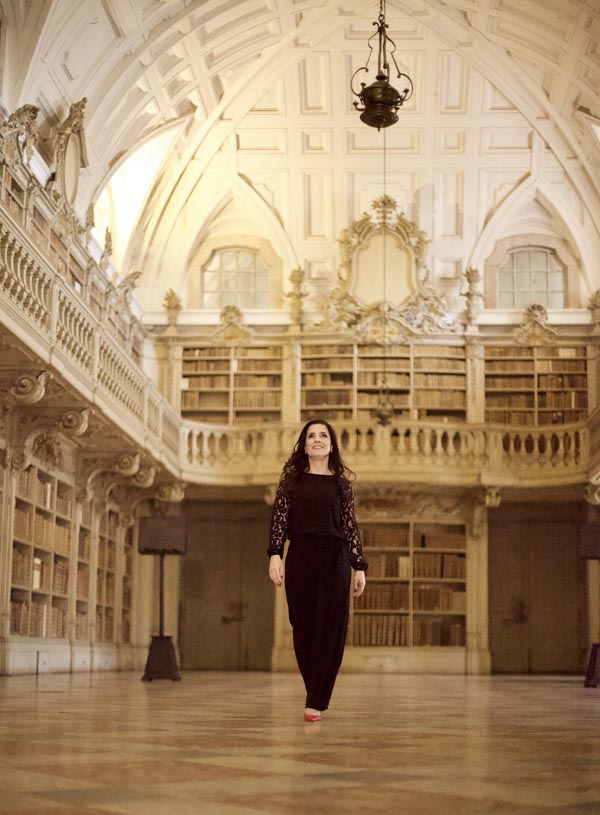Palácio Nacional de Mafra is located 40 kilometers away from Lisbon, in another rich part of Portugal’s history. The Palace is classified as National Monument for its historical importance that is worth knowing!

It all began in the early 18th century when King Dom Joao V made a promise that Queen Maria Anna of Austria gave him heirs. Thus, with the birth of Princess Maria Barbara in 1711, the oath was fulfilled.
Construction began on November 17th, 1717. The idea was to build a small and modest convent for 13 Franciscan friars, but with the abundance of gold coming from Brazil, the work reached extraordinary dimensions! At the end of the construction, the monastery had the capacity to house more than 300 Friars.
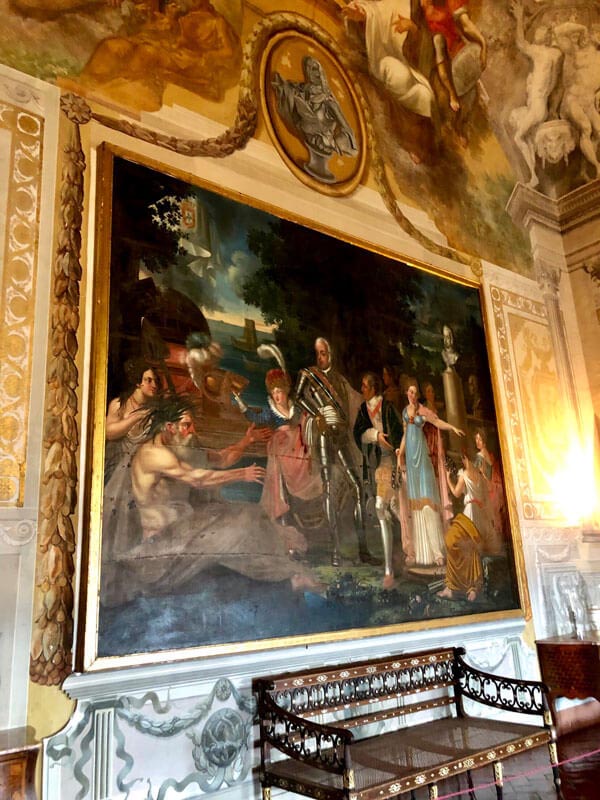
D. João and his architect, Johann Ludwig, changed the initial project to a more ambitious plan that began in the year 1917.
No expense was spared. The Palácio Nacional de Mafra is considered today the most important Baroque monument in Portugal and symbol of the reign of the eccentric D. João V. The whole property has 4 hectares, 156 stairways, and more than 4,500 windows and doors. It is located in the Tapada de Mafra, which in total has 21 km and was used for leisure.

The Palace was never used as a residence of the Portuguese royal family, serving mainly for hunting.
The visit to the Palace also includes the Mafra Convent, the Basilica and the famous National Library of Mafra. Below, we detail each of them:
THE PALACE

The Palace was an exquisite summer residence and one of the favorite destinations of Portuguese royalty. Upstairs are its most luxurious rooms. Some of the most important divisions are the Yellow Room, the Room of the Destinations and the Room of the Throne.
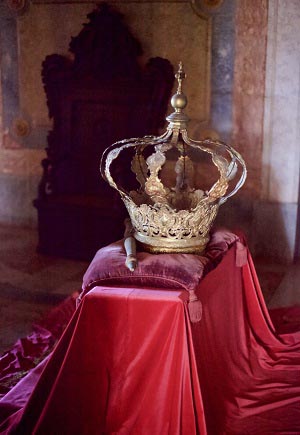
Other divisions of the palace are: north turret, main gallery, hall of the discoveries, guard room, room of the blessing, room of the camaristas, south turret, south oratory, D. Pedro V room, music room, hunting room, games room, dining room, large hall of the friars and fradesca cell.
A curious fact is that the king’s rooms are at the opposite end of the queen’s ones. Among them, a huge corridor of 232 meters! It was used for courtiers to walk around and display their jewelry and costumes, and yet to wait for royal hearings.
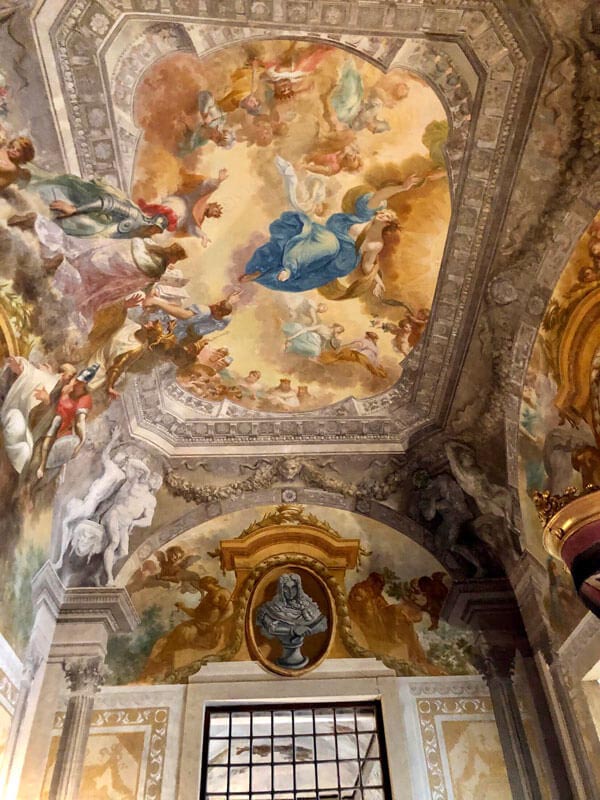
Before the transfer of the court to Brazil in 1807, it was in the Palace of Mafra that D. João – known by D. João VI -, the prince regent of the Portuguese throne, resided temporarily. It was also where King Manuel II – the last king of Portugal – slept in the night before the Portuguese Republic was established, on October 5th, 1910.
In addition to all this historical wealth, the Mafra Palace was an inspiration for one of the first achievements of the Nobel Prize in Portuguese Literature, the writer José Saramago. The book Memorial do Convento is a must-read.
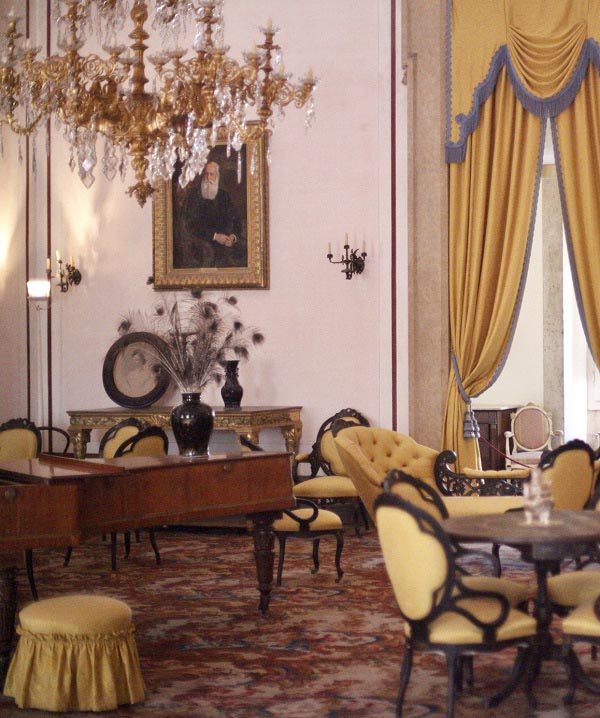
LIBRARY
Talking about literature, the library is the Mafra’s greatest treasure. Located on the second floor, in the spring wing of the Mafra Convent, the library is the star of the palace. It is a must-see!

Distinguished as one of the most beautiful libraries in Europe, it was designed by Johann Ludowig with shelves by Manuel Caetano de Sousa. It is decorated in rococo style with precious marbles, exotic woods and countless works of art. It is exactly 88 meters long, 9.5 meters wide and 13 meters high.
It conserves a valuable collection of approximately 36 thousand volumes like the first edition of the Koran, of 1543, and of the polyglot Bible of 1514, besides historical geographic charts and the second edition of Os Lusíadas of Luís de Camões.
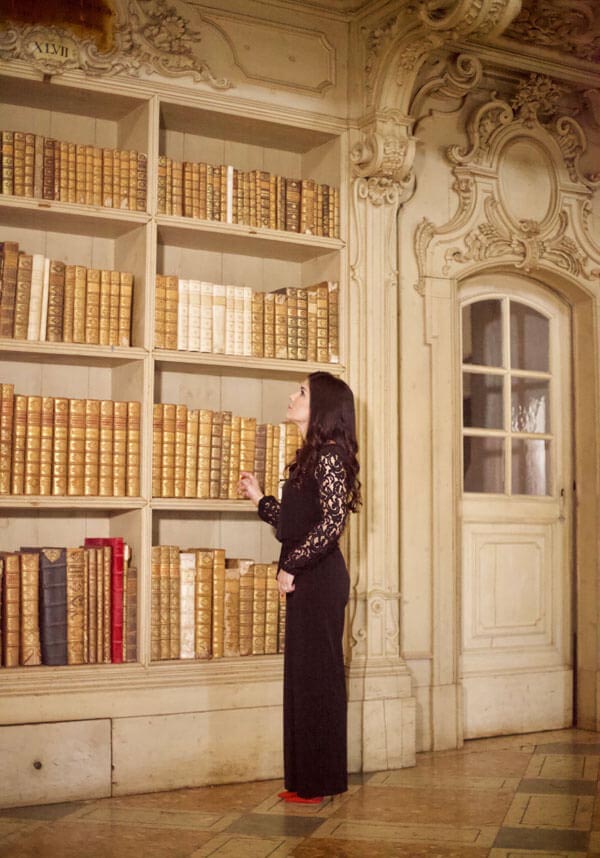
An interesting fact is that not all of its windows can be opened. Some of them are actually mirrored to warm up its interior and do not spoil the books. Another curious fact is that the bats that inhabit it are kept to protect the books from their destruction. In one night only each bat eats about 500 insects, half of its own weight.
CONVENT AND BASILICA
The Mafra Convent occupies the back of the building. It is possible to discover a vast collection of sacred art and its unique religious heritage in the world.

In the central part of the building is the Basilica, consecrated on October 22nd, 1730 – the king’s 41 year anniversary – and the feasts lasted 8 days.
Its main attraction is the unique set of six historical organs commissioned by the king himself. Its repertoire is exclusive, that is, it cannot be played anywhere else. In the basilica, there are also 2 chimes, that is, a series of 119 bells that are musically tuned to each other. This is the largest bell set in the world!
Come and meet this magnificent destination in Portugal!



